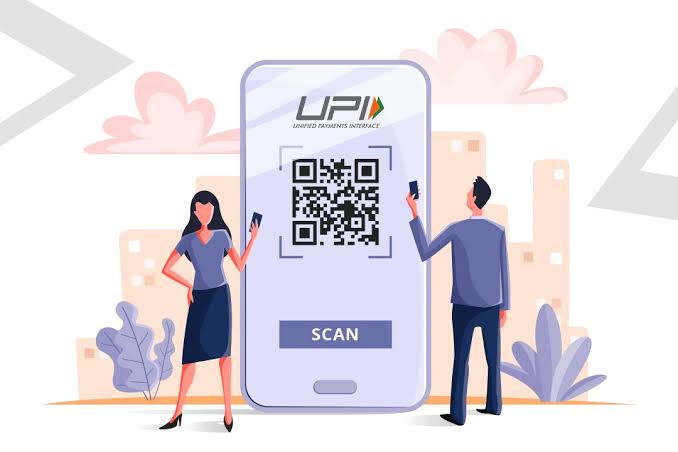
India’s digital payment landscape is experiencing a revolutionary change, with Unified Payments Interface (UPI) emerging as the frontrunner, as per the latest ‘India Digital Payments Report’ (H2 2023) by Worldline India, a licensed payments aggregator. This report highlights a remarkable surge in UPI transactions, signifying a fundamental shift in how financial transactions are conducted in the country.
Growth and Volume
During the period from July to December 2023 (H2 2023), UPI transactions witnessed an unprecedented spike, reaching 65.77 crore transactions amounting to a staggering Rs 99.68 lakh crore. This surge represents a remarkable 56% increase in volume and a substantial 44% surge in value compared to the previous year, firmly establishing UPI as the preferred choice for a vast number of individuals and businesses across India.
Adoption Trends
While mobile applications constituted the second-largest segment in terms of transaction volume, recording 62.96 crore transactions valued at Rs 152.33 lakh crore during the same period, it’s noteworthy that a significant portion of these transactions could be UPI-based. This underscores the widespread adoption and acceptance of the UPI system among users and merchants alike.
Shift in Consumer Behavior
Interestingly, amid the rising popularity of UPI, traditional debit card transactions have experienced a decline both in volume and value, reflecting a notable shift in consumer preferences towards more modern and convenient payment methods.
Transaction Characteristics
The average transaction size for UPI payments has shown a consistent decline over time, decreasing by 8% from Rs 1,648 in H2 2022 to Rs 1,515 in H2 2023. This trend indicates that UPI is increasingly being utilized for smaller or micro-transactions, highlighting its versatility and suitability for various payment scenarios.
Merchant Transactions
The surge in UPI transactions is primarily driven by the exponential growth in person-to-merchant (P2M) transactions, with leading merchant categories including groceries, restaurants, telecommunication services, and department stores. This surge in transaction volume, coupled with a decrease in average transaction size, underscores the expanding footprint of digital payments in everyday commerce.
Infrastructure Growth
The success of digital payments hinges on a robust acceptance infrastructure, and India has made significant strides in this aspect. The deployment of Point of Sale (PoS) terminals witnessed a 5.4% increase, reaching 85,600 units, while UPI QR code deployments surged by 13% to 31.7 lakh during H2 2023. QR code-based payments offer a cost-effective solution for merchants and a seamless payment experience for consumers, contributing to further adoption of digital payment methods.
Market Players
Leading commercial banks dominate the deployment of PoS machines, with private sector banks holding a substantial 73% market share. Notable players in this space include Axis Bank, ICICI Bank, HDFC Bank, SBI, RBL Bank, and Paytm Payments Bank.
UPI App Competition
When it comes to UPI apps, PhonePe, Google Pay, and Paytm emerge as the top contenders, owing to their early entry into the market, user-friendly interfaces, and attractive features and promotions. However, it’s essential to note that this data precedes the regulatory actions taken by the RBI concerning Paytm Payments Bank, and subsequent reports may reflect shifts in market dynamics.
Impact on Card Transactions
Despite the dominance of UPI, net banking transactions continue to play a crucial role, especially in high-value transactions such as tax payments by corporations. However, the growth trajectory of net banking transactions is expected to lag behind that of UPI transactions, given the convenience and accessibility offered by UPI.
Future Outlook
The surge in UPI transactions signifies a monumental shift in India’s digital payment landscape, with UPI emerging as the preferred mode of payment for a wide range of transactions. As digital payment infrastructure continues to evolve and innovate, the convenience, accessibility, and security offered by UPI are expected to further propel its growth and adoption across various sectors of the economy.






